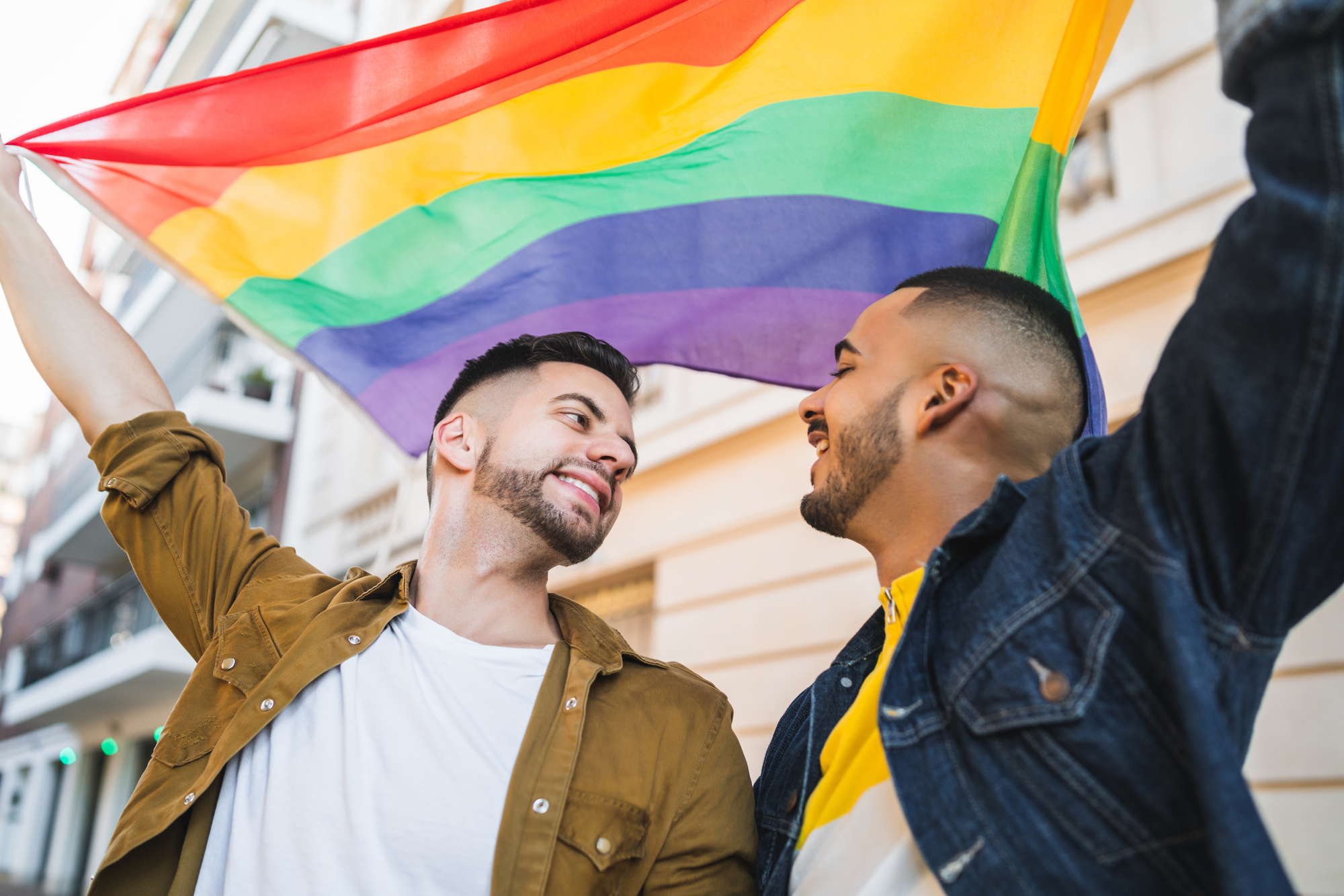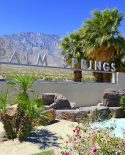Gay neighborhoods, also known as gayborhoods or LGBTQ+ neighborhoods, are communities that provide a safe and accepting environment for our LGBTQ+ community.
They have a rich history dating back to the 20th century, when LGBTQ+ people faced even more discrimination and persecution, and sought refuge in these neighborhoods.
Today, many gay neighborhoods still exist and are thriving, offering a sense of community and belonging for LGBTQ+ individuals.
Some of the most well-known gay neighborhoods in the United States include:
- The Castro in San Francisco, CA – The Castro is one of the oldest and most established gay neighborhoods in the United States. It is known for its vibrant LGBTQ+ culture and is a popular tourist destination.
- West Hollywood in Los Angeles, CA – West Hollywood is home to a large and active LGBTQ+ community, and is known for its thriving nightlife and cultural events.
- Chelsea in New York City, NY – Chelsea is a historic gay neighborhood in Manhattan that is known for its art galleries, high-end shops, and diverse LGBTQ+ community.
- Boystown in Chicago, IL – Boystown is one of the largest and most well-known gay neighborhoods in the United States, and is known for its friendly atmosphere and active nightlife.
- Hillcrest in San Diego, CA – Hillcrest is a diverse and inclusive gay neighborhood that is known for its restaurants, shops, and cultural events.
These are just some of the many gay neighborhoods that still exist in the United States. While some have experienced changes, they remain important places for our LGBTQ+ community to connect, find support, and celebrate our culture.
However, in recent years, gentrification and rising property values have led to the displacement of many LGBTQ+ residents from these neighborhoods. This has sparked a debate about the future of gay neighborhoods and their role in the LGBTQ+ community.
Despite these challenges, many gay neighborhoods remain vibrant and continue to serve as centers of LGBTQ+ culture. In some cities, Austin comes to mind – efforts are being made to preserve the unique character and history of these neighborhoods, including the designation of landmarks and the creation of cultural districts.
Additionally, the rise of the internet and social media has also made it easier for the LGBTQ+ community to connect and find community, regardless of geography. This has led to the creation of virtual LGBTQ+ neighborhoods, which provide a space for LGBTQ+ individuals to connect and support each other online.
While the future of gay neighborhoods remains uncertain, they continue to play an important role in the lives of many LGBTQ+ individuals. Whether in physical or virtual spaces, these neighborhoods provide a sense of community and acceptance for a historically marginalized group.
The 3500+ LGBTQ real estate professionals have been representing buyers and sellers in these neighborhoods and others all across the United States and Canada for over 25 years. If you’re considering buying or selling, connect with one of our expert agents today! There is never a cost or obligation. GayRealEstate.com



